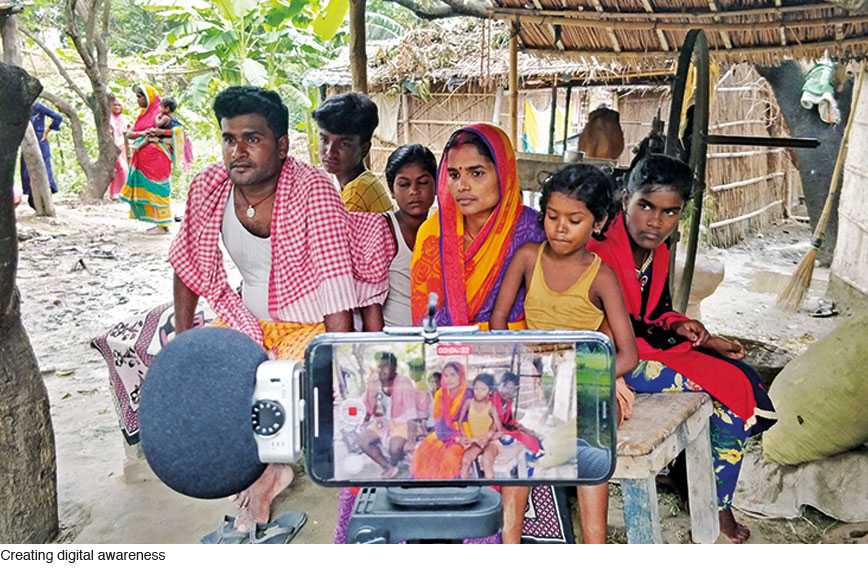A phone is indeed not enough
3 minsIf you are reading this article, you are probably witnessing (directly or indirectly) the Zoom’ification of the Indian classroom. While the Ubers and the Olas have come to a screetching halt, Byju’s, Unacademy & their ilk are off to the edtech races. The Ken blog’s BFO newsletter reminded us that $1.19 billion have been pumped into Indian edtech companies - a whopping 94% of which has gone to the elephant in the room. BFO also reminds us that the digital penetration among the 260 million Indian student population is a mere 1%.
And then they proceed to share 3 stats to put the 1% in tragic perspective.
- 80% of parents interviewed during a 5-state survey by international non-profit Oxfam, said online education “had not been delivered” to their kids, who attend government schools. 59% of students in private schools did not receive any online education either.
- 80% of teachers in Uttar Pradesh did not have a device to give digital lessons. 75% of classes in public and private schools were conducted on WhatsApp, followed by phone calls between teachers and students.
- 43% of teachers surveyed fear that their schools don’t have adequate sanitation facilities to open up full-time to receive students.
A phone is not enough
The same day I read a phone is not enough - an insightful article by Digital Empowerment Foundation’s Osama Manzar.
While talking about the plight of migrant workers in the midst of the pandemic, he offers cogent suggestions to address the growing digital divide.
Where does that leave large numbers of Indians who languish on 2G networks and don’t have smartphones? India has 500 million smartphone users. But there are also 550 million Indians who have just basic feature phones with which they can at best make calls and send messages, but can’t access the internet. Another 300 million Indians have no connectivity of any kind at all.
The result is a digital divide and yawning inequalities. In the very cities where smartphones are common and the best 4G bandwidth is available, migrant workers in the informal sector continue to use basic feature phones. In rural areas where there are actually 200 million smartphone users, there often isn’t the connectivity to support those devices.
Can connectivity be made more meaningful? Should it be treated as a basic right? Should phone calls and data be made free for those who are below the poverty line (BPL) and daily-wagers in the informal sector?
Pradhan Mantri Internet Yojana
Perhaps this disruptive pandemic is the time to consider a scheme like a ‘Pradhan Mantri Free Talk Time and Internet Yojana’, especially to combat COVID-19. A scheme of this kind running for six or 12 months will have not just immediate benefits but could be transformative in the long run. The money spent on it could be compensated through USOF (Universal Service Obligation Fund) to which phone companies contribute.
Digital DAAN
To attend and engage in online classes, students need access to a device — a laptop or a smartphone. This device needs to have high bandwidth and the capacity of high data consumption as classes take place online, in real time and on video. For education purposes, the best way to be connected is through a desktop or a laptop, not through a smartphone. And India’s PC penetration is hardly 3 percent according to data available two years ago. India is going to suffer a tremendous digital divide in access to education. It’s going to be tougher on girls, given how often access to digital devices for girls in many households comes as an afterthought.
It is for this cause that the Digital Empowerment Foundation launched ‘Digital Daan’, an online crowdsourcing initiative, to motivate people to donate their working but used devices for citizens in need. DEF’s target is to source a million digital devices and make them available across India over the next three years.
The philosophy of this initiative is simple — to generate and distribute devices so that people gain access and connectivity. This would also help reduce the country’s digital lag or exclusion and aid the adaptation of digital culture.
A million digital devices in 3 years.. I’m thinking why not in one year? I will be writing to Osama soon. Do leave a comment if this initiative resonates with you.
